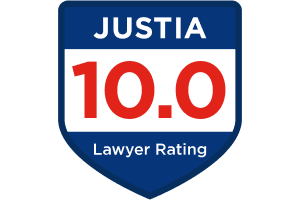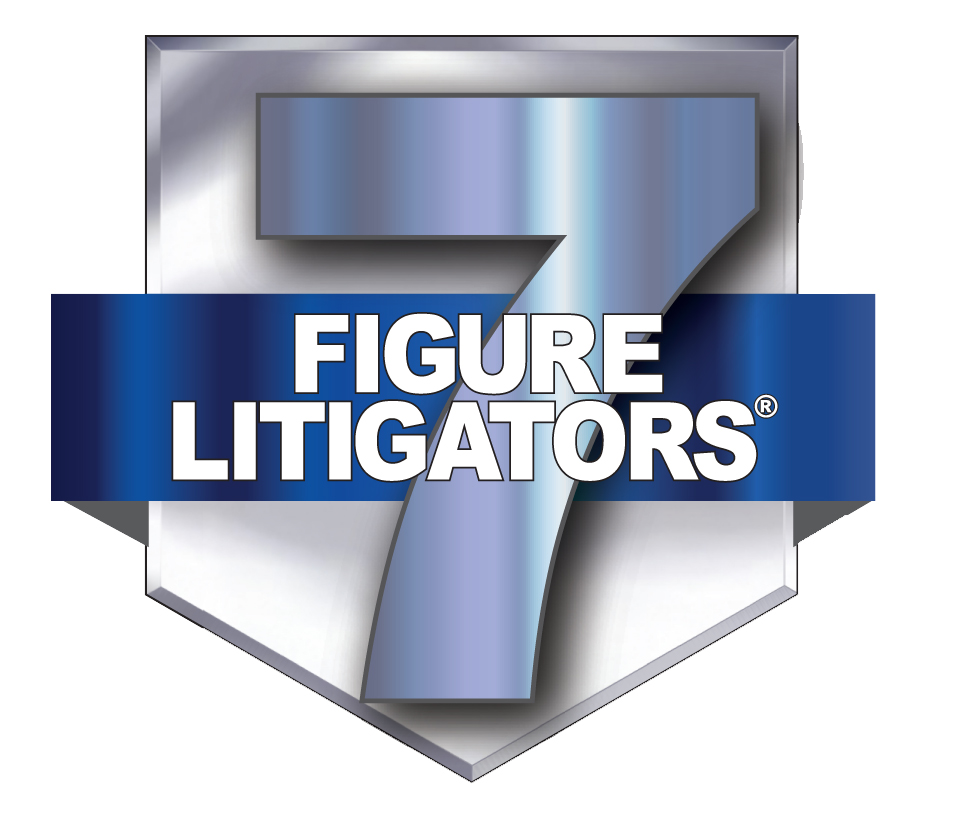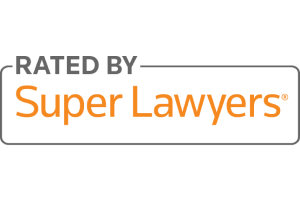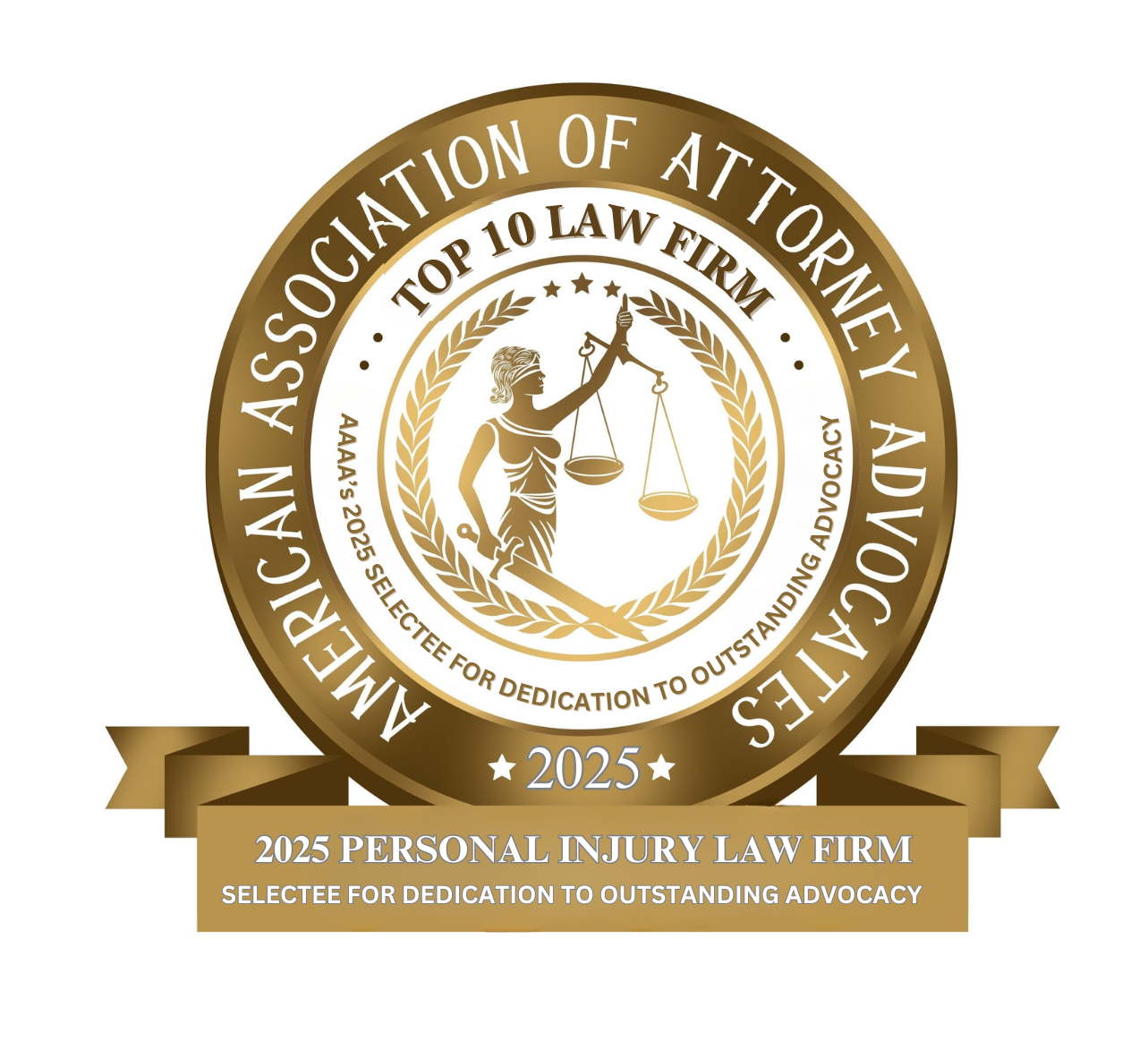Accidents Involving Flex Drivers
Lawyers for Victims Injured in Delivery Truck Crashes Throughout Illinois
The rapid expansion of app-based delivery services and flexible-driver programs, often called “flex” driving, has reshaped how Americans receive packages, groceries, and meals. That convenience comes with a cost: more delivery vehicles on the road, tighter delivery schedules, and a growing body of evidence that gig-economy delivery work carries elevated crash and injury risk. When a delivery driver causes a collision, whether the driver is an Amazon Flex contractor, an independent courier for a national carrier, or a local “gig” driver working for an app, the aftermath raises complex questions about fault, insurance, and compensation for injured people.
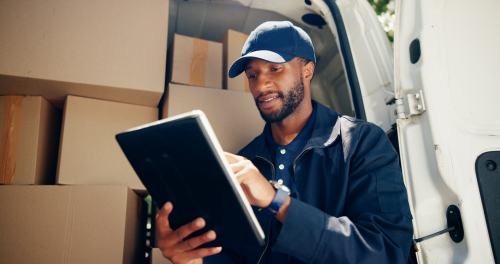
At John J. Malm & Associates, we have built our reputation on standing up for individuals and families whose lives have been disrupted by serious motor vehicle collisions, including those caused by today’s rapidly growing flex-driver and delivery networks. With over 90 years of combined trial experience, our attorneys understand how complex these cases can be, from uncovering app-based driving data to navigating layered insurance coverage designed to minimize payouts. Our Illinois truck injury firm is known for meticulous investigation, aggressive advocacy, and a client-focused approach that ensures every injured person receives the attention, guidance, and protection they deserve. When a negligent delivery or flex driver causes harm, we are prepared to act quickly and fight for full and fair compensation.
“Deliveries should make life easier, not leave people with life-changing injuries. When companies prioritize speed over safety, innocent people get hurt. If you or a family member was injured by a delivery or flex driver, reach out for guidance. We will investigate the facts, identify all responsible parties, and fight to hold negligent actors accountable.” — John J. Malm, Naperville trucking accident attorney
What are Flex Drivers?
“Flex” drivers is a broad label generally used for drivers who deliver for app-based services or flexible contractor programs. Examples include:
- Amazon Flex drivers who use their personal vehicles to deliver Amazon packages.
- Gig-economy couriers who accept delivery blocks or individual orders through apps (food, parcels, groceries).
- Independent contractors who perform route-based deliveries for third-party logistics companies or for carrier Delivery Service Partners (DSPs).
These drivers often work as independent contractors with variable schedules and performance metrics driven by the platform’s algorithm rather than traditional employer oversight. That employment model affects everything from pay and benefits to who is legally responsible when a crash occurs.
Statistics on Flex Driver and Delivery Accidents
- Delivery and light-truck drivers experience high injury and fatality rates. The Bureau of Labor Statistics reports that driver/sales workers and truck drivers account for a large share of occupational fatalities and that fatal work injuries in driving occupations remain substantial. In recent CFOI data, hundreds of transportation workers die each year in on-road incidents.
- Research into parcel-delivery injuries shows substantial numbers of emergency department visits and workplace injuries tied to parcel and delivery work. One NEISS-based study documented the heavy toll of injuries in parcel delivery occupations over recent years.
- Crash involvement among delivery operations connected to large platforms has attracted regulatory and press attention: federal and media analyses found dozens of crashes and multiple fatalities associated with carriers and contractor networks delivering for major companies. For example, federal data showed dozens of fatal crashes involving carriers shipping for Amazon in recent years.
- As delivery volume has grown, fatal crash counts for large trucks have remained significant. Thousands of large-truck involvements in fatal crashes are reported annually, a trend that has increased with the explosion of e-commerce. One recent industry summary reported over 5,300 large trucks involved in fatal crashes in 2023.
Those figures demonstrate two linked realities: (1) delivery driving is a dangerous occupation with high rates of crash-related injury and death; and (2) the rapid growth of flexible-delivery models increases the number of vehicles and drivers doing stop-and-go urban deliveries, creating new exposure to crash risk.
Why Flex Driver Crashes Happen
- Schedule pressure and algorithmic incentives: Many flex drivers face tight delivery windows and speed-based incentives that encourage rushing, skipping safe maneuvers, or deprioritizing rest. Studies and reporting on gig platforms link algorithmic pressure to unsafe driving behavior.
- Inexperience and driver training gaps: Gig or flex drivers often receive minimal formal training compared with commercial drivers. That can matter in complex driving environments and emergency handling.
- Vehicle type and load: Light delivery vans and personal vehicles used for deliveries behave differently when heavily loaded or modified for delivery work; braking distances and stability can change.
- Distraction: Frequent stops, app navigation, order communications, and customer calls increase distraction and hands-on-device time, factors strongly associated with crashes. National crash data shows driver inattention is a leading factor in police-reported collisions.
- Long hours and fatigue: Drivers trying to maximize earnings or cover many delivery blocks may work long shifts, increasing fatigue-related crash risk.
- Mixed regulatory frameworks: Some delivery drivers are covered by commercial vehicle rules; others operate as private drivers and fall outside stricter safety oversight. The patchwork of regulation complicates prevention and enforcement.
Typical Crash Scenarios Involving Flex Drivers
- Doorstep/backing collisions in tight residential areas occur when drivers make frequent curbside stops.
- Intersection collisions occur when drivers run red lights or miss stop signs while trying to stay on schedule.
- Rear-end and sideswipe crashes on multi-stop routes are caused by distraction or sudden lane changes.
- Multi-vehicle chain-reaction collisions on arterials during peak delivery times.
- Crashes involving vulnerable road users, like pedestrians and cyclists, especially in dense urban areas where deliveries concentrate.
Who Pays When a Flex Driver Hits Someone?
Determining responsibility after a crash involving a flex driver can be legally complex:
- Driver liability: The most direct source of compensation is the at-fault driver’s insurance. For many flex drivers using personal vehicles, their personal auto policy is the first layer of coverage; however, insurers often deny coverage for accidents occurring while the vehicle is used for commercial delivery. That is common with personal auto policies, which exclude “delivery for hire.”
- Platform or company liability: Whether the delivery company (app/platform) is liable depends on the driver’s employment classification (employee vs. independent contractor), the company’s control over operations, and applicable state law. Plaintiffs have increasingly tried to hold platforms accountable when their systems, incentives, or direct control contributed to unsafe conditions.
- Contracted carriers and DSPs: Large platforms also use Delivery Service Partners and third-party carriers. These entities may be federally regulated and required to carry commercial insurance; crashes involving such carriers can be pursued against the carrier’s liability insurance.
- Employer vicarious liability and negligent hiring/supervision: Even when drivers are contractors, plaintiffs can sometimes show the company exercised enough direction or supplied equipment to justify employer liability claims. Cases hinge on detailed factual records about policies, training, scheduling, and communications.
- Uninsured/underinsured coverage issues: If a flex driver lacks adequate insurance or a private insurer denies coverage (claiming excluded commercial use), victims must turn to their own uninsured/underinsured motorist policies or pursue collection against individual drivers, which often yields inadequate compensation.
Because liability depends on fact-specific evidence, early investigation is critical: obtaining contracts, delivery logs, app records, GPS/telematics data, and internal communications can make the difference in establishing responsibility.
Evidence That Helps Build a Strong Flex Driver Accident Case
- Telematics and GPS logs from the driver’s device or from the platform.
- Delivery timestamps and route details showing schedule pressure or unrealistic delivery expectations.
- Photos and video: doorbell, dashcam, intersection cameras, traffic-camera footage.
- Witness statements and police reports.
- Maintenance records, vehicle inspection logs, and any records of prior safety complaints.
- Employment or contractor agreements, invoices, and internal policy documents showing how drivers were managed or incentivized.
How John J. Malm & Associates Helps After a Flex Driver Crash
- We launch immediate evidence preservation steps, requesting delivery logs, app records, and any available telematics.
- We coordinate with medical providers to document injuries and long-term care needs.
- We identify all possible sources of insurance and pursue claims against driver policies, platform coverage, and commercial carriers.
- We negotiate liens, work with vocational experts, and, when needed, litigate complex cases to trial.
- We help families through wrongful death claims and catastrophic injury cases, focusing on future needs and fair compensation.
Frequently Asked Questions about Flex Driver Accidents
Q: If a driver for a delivery app hits my car, who should I call first?
A: Call 911 if anyone is injured. Report the crash to police and your insurer, and preserve evidence (photos, witness details). Then contact an attorney experienced in delivery-driver and commercial-vehicle cases. Early legal help can identify whether the platform, a DSP, or the driver’s insurer is the appropriate defendant.
Q: Are Amazon Flex drivers insured by Amazon while making deliveries?
A: Amazon and other platforms have complex insurance arrangements that vary by program and by whether the driver is delivering for the company itself, for a DSP, or as an independent Flex contractor. In many cases, the platform maintains contingent liability coverage that may become available only after a driver’s personal insurance limits are exhausted or if the driver’s own policy denies coverage. Because coverage rules differ and insurer denials are common when a personal vehicle is used for commercial delivery, legal review is often necessary.
Q: Can I sue the delivery app or platform directly?
A: Possibly, but success depends on the facts. If the platform exerts direct control over the driver’s work (scheduling, routing, performance monitoring, or policies), a court may find an employment-like relationship or other basis for liability.
Q: What kinds of damages can injured people recover in an accident with a flex driver?
A: Injured people can pursue compensation for medical expenses, lost wages, diminished earning capacity, pain and suffering, and, in catastrophic cases, future medical needs or wrongful death damages. An experienced attorney can calculate long-term losses and negotiate with insurers or litigate in court when needed.
Contact the Experienced Illinois Flex Truck Driver Accident Lawyers at John J. Malm & Associates
Crashes involving flex drivers and delivery platforms present unique hurdles: shifting employment classifications, layered or contingent insurance coverage, and digital records controlled by apps and contractors. That combination makes prompt investigation and legal representation essential.
At John J. Malm & Associates, our Illinois truck accident lawyers have experience handling collisions involving delivery drivers, Delivery Service Partners, and large carrier networks. We know how to obtain the records that reveal what the driver was doing, who controlled the work, and which insurers are responsible. If you or a loved one has been hurt, contact our firm for a free consultation. We will listen, explain your options, and take prompt steps to protect your rights so you can focus on recovery.


